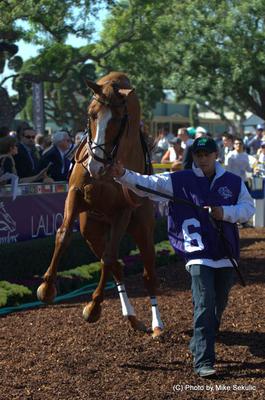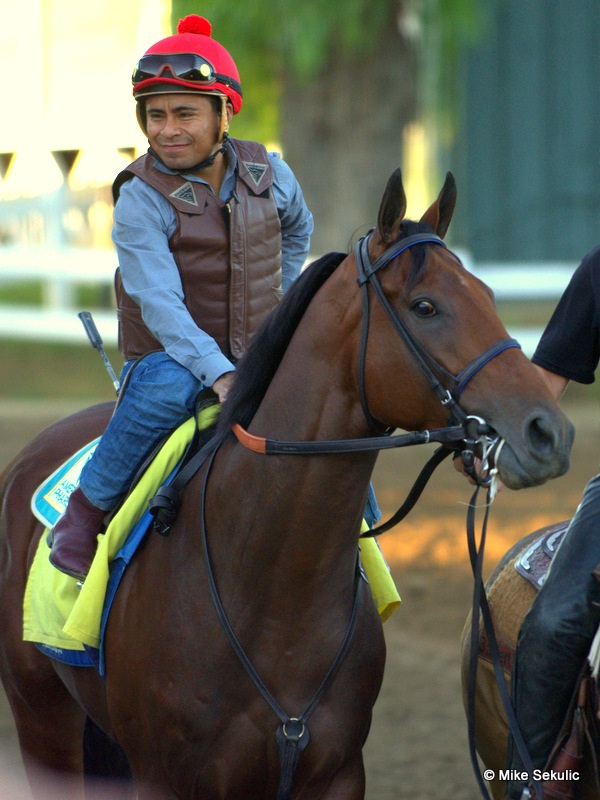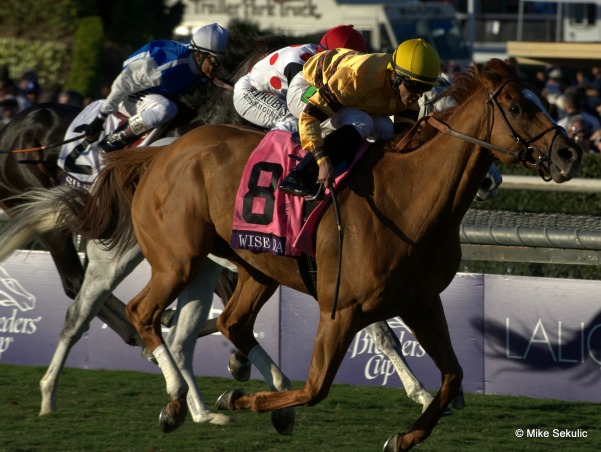Can hyperbaric oxygen therapy help jockeys heal faster?
Can hyperbaric oxygen therapy help jockeys heal faster is a question that many in the racing industry would be keen to have answered.
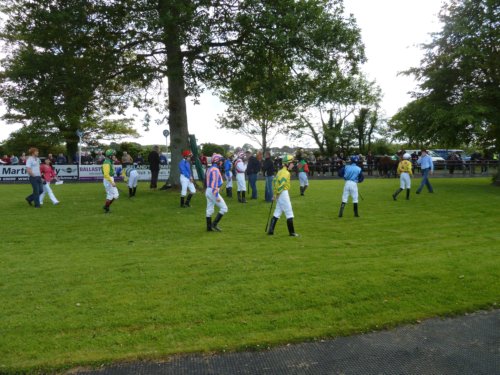 Jockeys wait for their mounts
Jockeys wait for their mountsThe High Cost of Jockey Injuries: Can Hyperbaric Oxygen Therapy Offer Relief?
Horse racing is a thrilling sport, but behind the spectacle lies a harsh reality: jockeys face a constant risk of injury. This article delves into the data on jockey injuries based on a study by the Jockey Club reported in the National Library of Medicine, and explores the potential benefits of hyperbaric oxygen therapy (HBOT) in aiding their recovery.
The Price of a Fall: A Look at Jockey Injuries
The Jockey Club injury database, spanning 1996-2006, paints a concerning picture. Over the 11-year period, a staggering 1,328 injuries were reported, resulting in a total of 71,509 days lost from racing.
This translates to a significant financial burden, with the Professional Riders Insurance Scheme (PRIS) shelling out a total of £4,496,019 in compensation.
While the study reveals a high number of injuries, it's important to note that not all are severe. Fortunately, a third of injured jockeys were able to return to racing within two weeks.
Additionally, 45% of claims received payouts under £1,000, suggesting these were likely minor injuries.However, the data also highlights areas of concern. Fractures, particularly those involving the clavicle (collarbone), were the most frequent injury type, accounting for nearly half of all claims.
These injuries can be debilitating, causing significant pain and requiring extended recovery periods.More worryingly, joint dislocations emerged as the costliest injury, leading to the highest insurance payouts and the longest time off racing.
This data underscores the potential severity of jockey injuries and the financial strain they place on the racing industry.
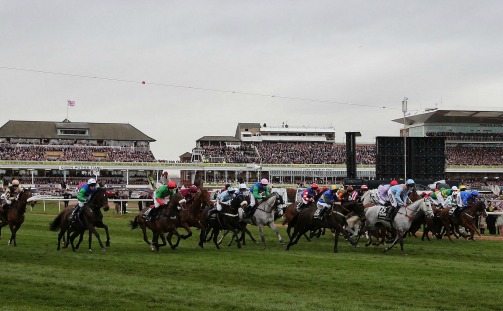 Grand National runners are prone to falls
Grand National runners are prone to fallsCan Hyperbaric Oxygen Therapy help jockeys heal faster
While preventing injuries is paramount, effective recovery methods are crucial for jockeys to return to peak performance. Here's where hyperbaric oxygen therapy (HBOT) enters the picture.HBOT involves breathing highly concentrated oxygen in a pressurized chamber.
This pressurized environment allows oxygen particles to shrink, enabling them to fully saturate the blood plasma (liquid portion). This leads to a state of "supersaturation," where oxygen reaches every cell in the body more effectively.
The benefits of HBOT are compelling. The increased oxygen supply promotes healing and energizes cells, particularly those deprived of oxygen due to injury or illness. Studies have shown a dramatic rise in blood oxygen levels within the chamber, making it a valuable tool for treating various conditions.
Hospitals utilize HBOT for fast, emergency treatment of life-threatening conditions. However, its potential extends beyond immediate care. HBOT can stimulate the regeneration of blood cells and even encourage the growth of new blood vessels.
A case was reported by Somerset Health Practice where a speedway rider received HBOT treatment after a wrist fracture at their clinic. A few days after his treatment he had a check-up at the local hospital who were unable to detect any sign of fracture - it had healed so quickly.
This enhanced network of vessels improves nutrient delivery throughout the body, further aiding the healing process.The recommended HBOT treatment schedule depends on the specific condition being addressed.
For musculoskeletal problems and post-operative recovery, a course of 10 sessions might be sufficient. In cases of more complex injuries, a regimen of 20-40 sessions is often suggested.
 Hyperbaric Oxygen Therapy
Hyperbaric Oxygen TherapyThe HBOT Experience: What to Expect
Undergoing HBOT is a relatively comfortable experience. Trained professionals guide patients through every step. Inside the chamber, with its controlled environment and lighting, patients breathe oxygen through a mask.
As the pressure gradually increases, a sensation similar to ear popping during airplane ascent might occur. This is easily alleviated by yawning or swallowing.
Communication with the operator ensures a comfortable and therapeutic pressure level is maintained throughout the session. Patients are then encouraged to relax and breathe in the oxygen for roughly an hour.
Many find this time ideal for resting, meditating, reading, or even watching videos on their phones.
Current methods of treating jockeys injuries
In addition to Hyperbaric Oxygen Therapy (HBOT), jockeys can receive a variety of treatments to heal from injuries depending on the specific injury and its severity.
Medical Treatments:
- Pain Management: Medications like pain relievers and anti-inflammatories can help manage pain and inflammation while the injury heals.
- Corticosteroid Injections: Injections of corticosteroids can be used to reduce inflammation at the injury site, particularly for joint and soft tissue injuries.
- Bone Stimulators: These devices use low-intensity ultrasound or electrical currents to stimulate bone healing, especially beneficial for fractures.
Rehabilitation Techniques:
- Physical Therapy: A crucial part of recovery, physical therapy helps restore strength, flexibility, and range of motion in the injured area.
- Occupational Therapy: For injuries affecting daily activities like dressing or riding, occupational therapy can help jockeys regain independence.
- Cryotherapy: Cold therapy applied to the injured area can reduce pain and swelling.
Other Therapies:
- Acupuncture: This traditional Chinese medicine practice involves inserting thin needles into specific points on the body to promote healing and pain relief.
- Massage Therapy: Massage can improve circulation, reduce muscle tension, and promote relaxation, aiding in the recovery process.
Preventative Measures:
- Strength and Conditioning Training: Maintaining good physical fitness can help jockeys prevent injuries and recover faster when they do occur.
- Proper Equipment: Using well-fitting safety equipment like vests and helmets can minimize injury severity in case of falls.
- Riding Technique Instruction: Regular training with a focus on proper riding technique can help jockeys avoid falls and injuries.
Conclusion: A Promising Path Forward
Can Hyperbaric Oxygen Therapy help jockeys heal faster and offer an alternative to traditional treaments?
The high number of jockey injuries and their associated costs highlight the need for effective recovery solutions. While further research is necessary to definitively establish HBOT's efficacy in treating specific jockey injuries, its potential benefits are undeniable.
Increased oxygen delivery, improved blood circulation, and enhanced cell regeneration all contribute to a faster and more complete healing process.
A leading practitioner of HBOT is the Somerset Health Practice. To book an appointment and to discuss treatment options call Somerset Health Practice on 01458 860392 or email info@somersethealthpractice.co.uk
As the racing industry continues to prioritize jockey safety and well-being, exploring the potential of HBOT as a recovery tool holds significant promise.
By facilitating a faster return to racing, HBOT can not only benefit jockeys' health and careers but also contribute to the overall well-being of the sport.
Back to Homepage from Can Hyperbaric Oxygen Therapy help jockeys heal faster
Your second block of text...
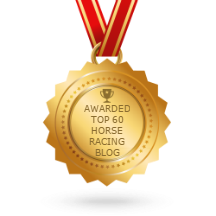

Returns Policy: Once a customer has agreed to pay for a product or service no returns will be permitted or payments returned.
All PayPal transactions are subject to the PayPal Privacy Policy
Privacy Policy: Personal details provided to this site by an individual may be shared with third parties unless requested otherwise.
Above policies updated 15 March 2018


